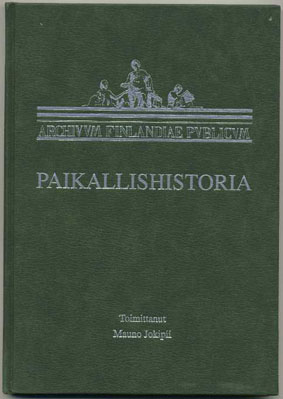
In the summer of 1942, as a result of repatriations and increased losses, the German authorities asked Finland to send 300 more men to the battalion. The battalion excelled in the East Caucasus region in so-called Terek river bend ’s heavy battles, but the losses were also great. Here, the Finnish Battalion participated in breakthrough attempts to take over the Baku oil fields. Mid-August, the Finnish Battalion as part of the Wiking Division were transferred to the East Caucasus. In spring 1942, the Finnish Battalion was named the 3rd Battalion of the Nordland Regiment (III/Nordland).Īfter a stationary phase, equipment replenishment and further training, the Finnish Battalion moved in July 1942 to seven hundred kilometers east of the West Caucasus, where it took part in battles in the Maikop oil fields. The battalion also brought together Finnish volunteers who had previously served in the Wiking Division at the beginning of the German East War.

After arriving at the Wiking Division’s winter positions on the River Mius Ukraine in January 1942, the battalion was joined as the Fourth Battalion to the SS Regiment Nordland formed by European Volunteers. The transfer of the Finnish Battalion to the German East Front began in early December 1941.

The military oath was sworn on October 15, 1941, in Gross-Born, where the battalion was handed over their own flag shipped from Finland. This Finnish unit ”The Battalion Boys” received basic training in Vienna and Stralsund, as well as combat training in the Gross-Born Training Center in East Pomerania. Finally, on 13 September 1941, the battalion was named ’FINNISCHES FREIWILLIGEN BATAILLON DER WAFFEN-SS’. The battalion was formally established on Jand commanded by SS-Hauptsturmführer (Captain) Hans Collani. The majority of the volunteers, about 800 men, were assembled into a Finnish training battalion called “SS-FREIWILLIGEN BATAILLON NORDOST”. When the winter came, the fighting calmed down and the position lines were established along the Mius River in Ukraine. During the summer and autumn of 1941, these Finnish “Men of the Division” took part in battles on the southern part of the German eastern front. After a short training period, they were divided into small groups mainly within the Wiking Division’s Nordland, Westland and Germania Regiments, departing to the eastern front. After attacking the Soviet Union on June 22, 1941, Germany had already gained about 400 men from the Finnish-Soviet Winter War. In Germany, Finnish volunteers were divided into two groups. That was the case with the Finns as well. Moreover, the integration of the Finnish Battalion into the Wehrmacht was not possible because all the soldiers recruited as volunteers in the German army were joined to the Waffen SS in accordance with the practice of that era. However, within the Wehrmacht already served a battalion, formed by the Germans, who cherished the traditions of the Royal Prussian Jaeger Battalion 27.

In addition, the battalion was hoped to join the ranks of the German field army, the Wehrmacht. When recruiting the battalion, the Finns expressed the wish that it could nurture the traditions of the Royal Prussian Jaeger Battalion 27 (WW 1), after all they were recruited in the way of second-generation jaegers, among others several sons of original Finnish WW 1 jaegers were in the unit. Eventually, 1197 volunteers who were selected were shipped to Germany in five batches during May-June 1941. Those recruited were screened carefully, aiming for a proper but non-political military unit. In different parts of Finland, there were provincial recruiters that were looking for suitable volunteers and delivered them to Helsinki to be examined by German doctors. Recruiting was handled through a Helsinki-based Engineer Office, Ratas, under the supervision of ministerial councilor Esko Rieki and police authorities. Since Finland was impartial at the time, recruiting was to be carried out in secret. Recruiting of volunteers began in the spring of 1941. The Finnish government gave its consent to the project on 14 April 1941. On March 10, 1941, the idea of recruiting a Finnish battalion to the German army was presented by the German authorities. transportation of German troops through Finnish territory to northern Norway. Military and political co-operation started, and Finland allowed eg.

The relations between Finland and Germany began to warm up again after the Winter War in 1940.


 0 kommentar(er)
0 kommentar(er)
